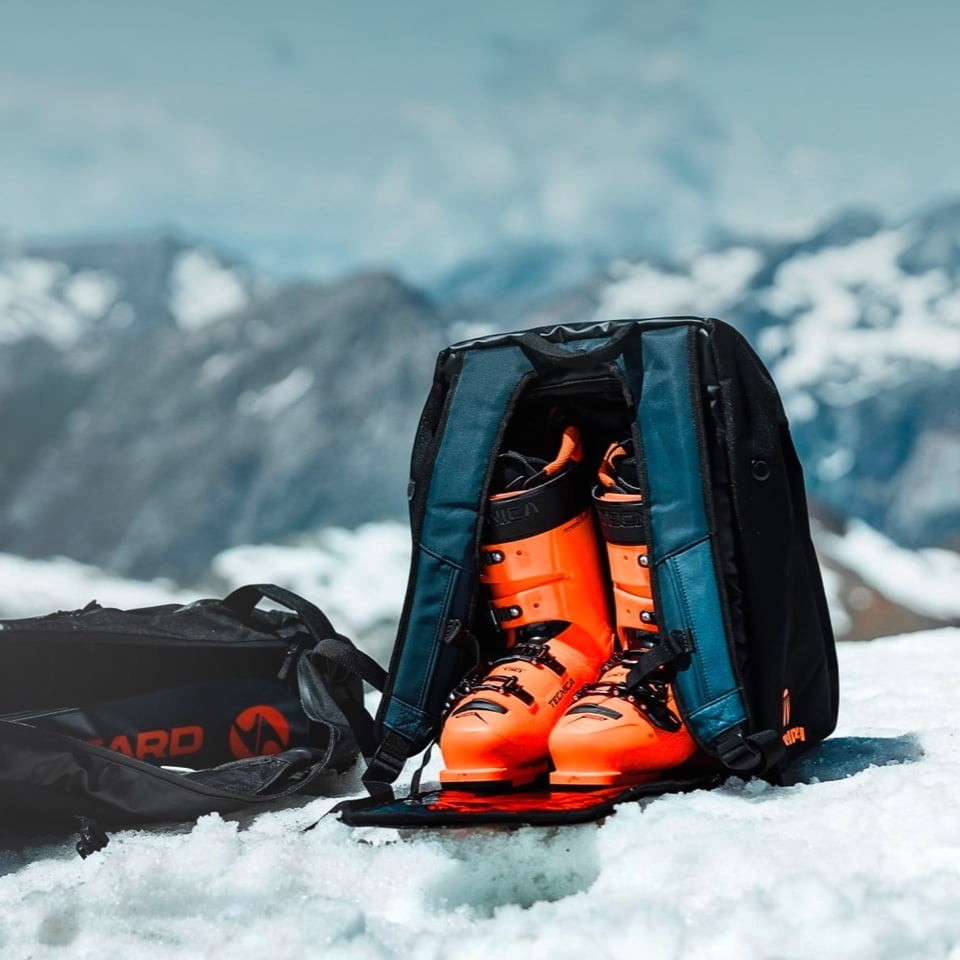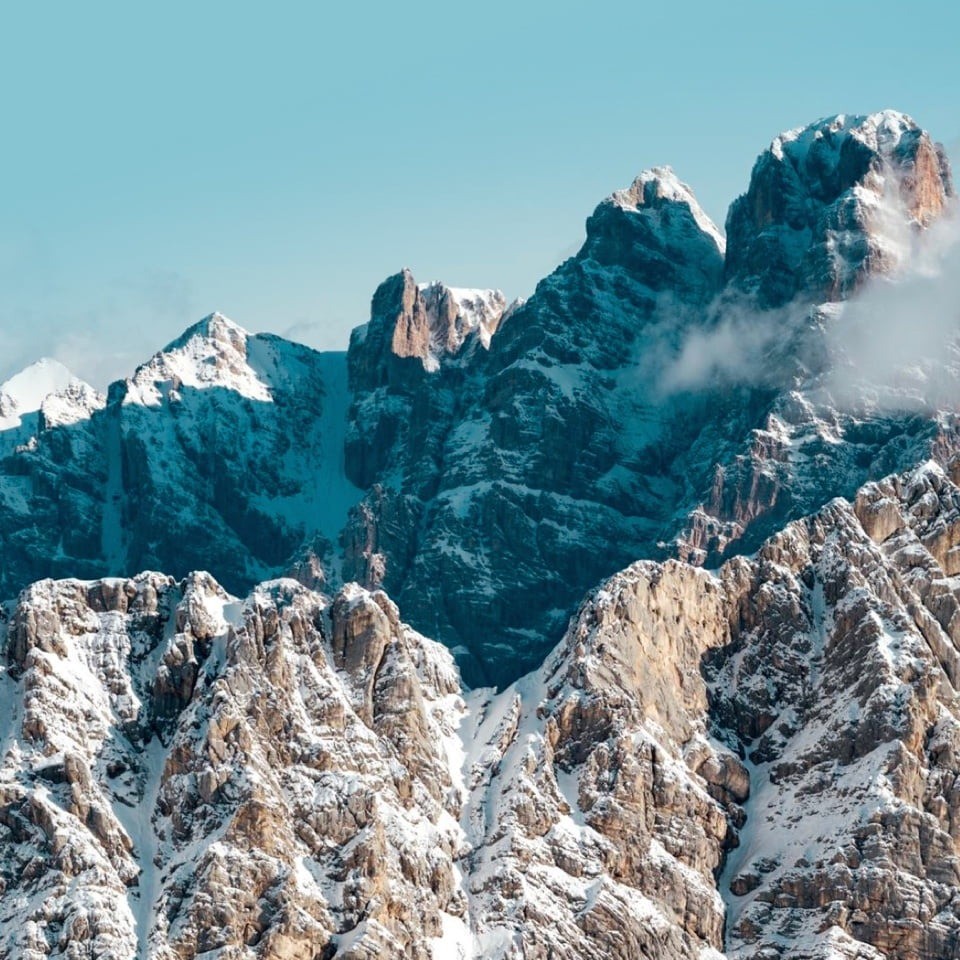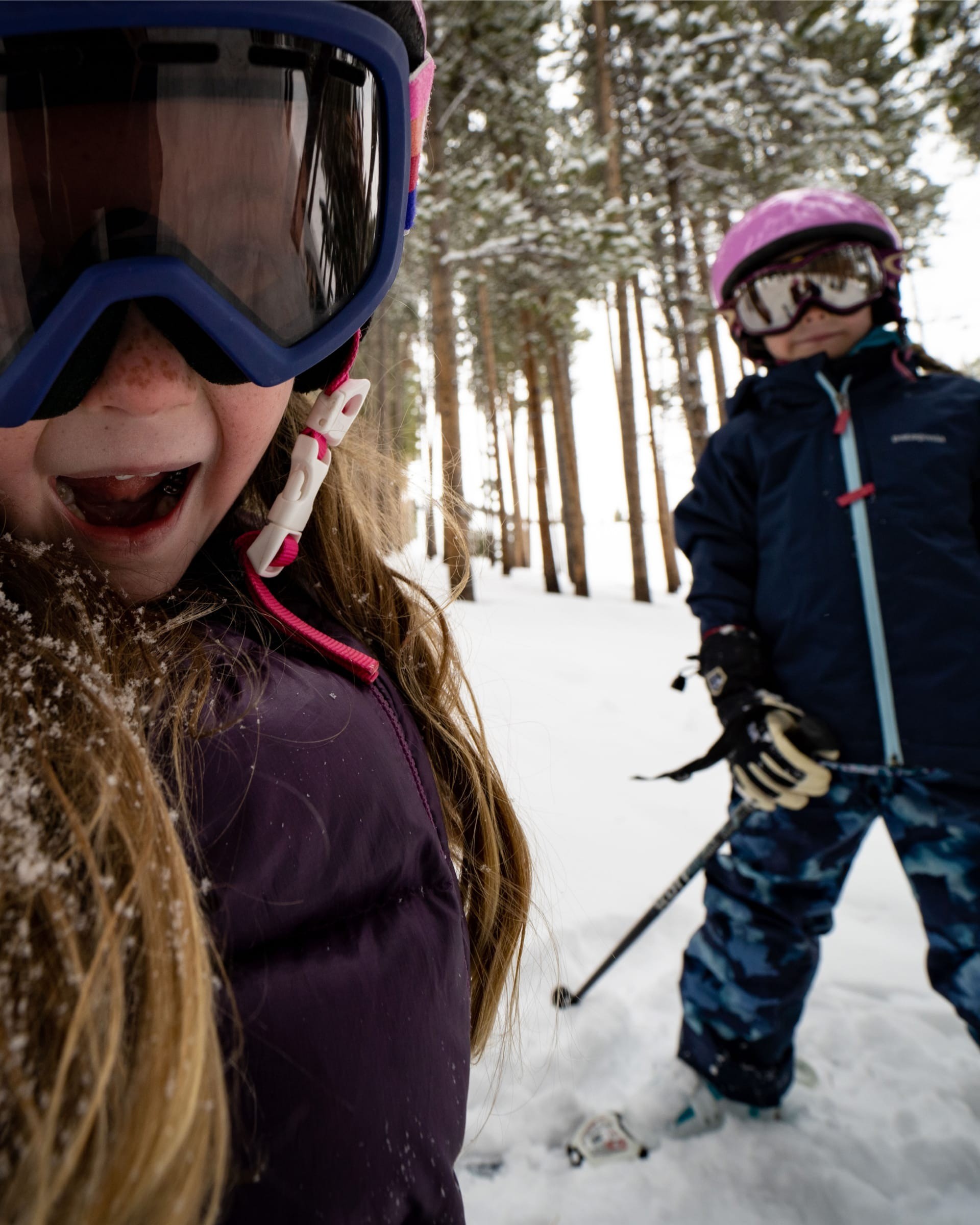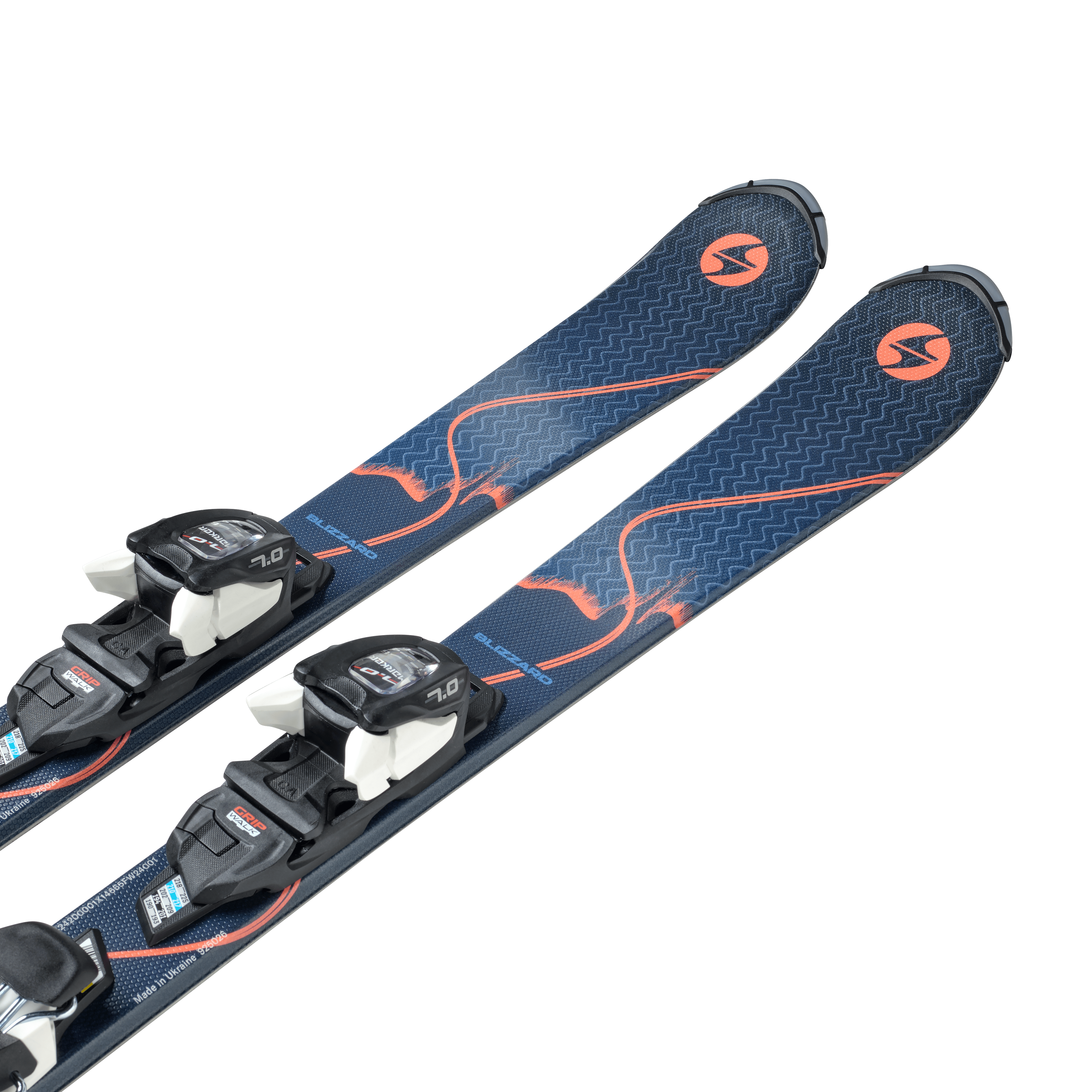
MEN
- ALL MOUNTAIN
- ANOMALY
- FRONTSIDE
- THUNDERBIRD
- FREERIDE
- RUSTLER
- Racing High Performance
- FIREBIRD
- TOURING
- ZERO G
- ALL MOUNTAIN / HIGH PERFORMANCE
- MACH1
- ALL MOUNTAIN / SPORT PERFORMANCE
- Mach BOA
- MACH SPORT
- ALL MOUNTAIN / FREERIDE
- COCHISE
- BACKCOUNTRY TOURING
- ZERO G TOUR
- LIGHT TOURING
- ZERO G PEAK
- Racing High Performance
- FIREBIRD

WOMEN
- ALL MOUNTAIN
- BLACK PEARL
- FREERIDE
- SHEEVA
- FRONTSIDE
- PHOENIX
- Racing High Performance
- FIREBIRD
- TOURING
- ZERO G
- ALL MOUNTAIN / HIGH PERFORMANCE
- MACH1
- ALL MOUNTAIN / SPORT PERFORMANCE
- Mach BOA
- MACH SPORT
- ALL MOUNTAIN / FREERIDE
- COCHISE
- BACKCOUNTRY TOURING
- ZERO G TOUR
- LIGHT TOURING
- ZERO G PEAK
- Racing High Performance
- FIREBIRD

Accessories

Discover
- WOMEN 2 WOMEN
- ABOUT THE PROJECT
- W2W BLOG
- FOCUS ON
- Events
- TECHNOLOGIES
- Skis Technologies
- Skiboots Technologies
- STORIES
- VIEW ALL
- WOMEN 2 WOMEN
- FIND A STORE
- VIEW ALL
- BLIZZARD SKIS
- TECNICA SKIBOOTS
- TECNICA SHOES
- TEAM
- ATHLETES












